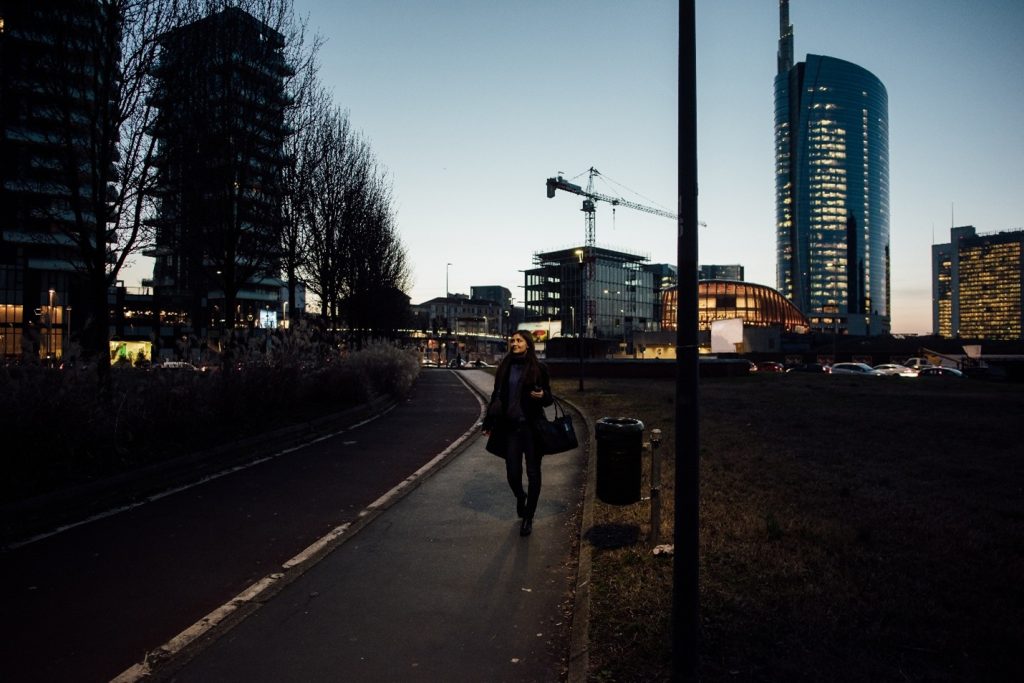Every autumn, as daylight grows shorter and evenings longer, clocks across most of Europe move back by one hour. This practice of adjusting the clock for winter time originates in the early 20th century. During the First World War, Germany and Austria fluctuated their clocks to conserve energy. Over the decades, the practice spread and became embedded in European life. Eventually, the European Union set common dates for switching clocks: the last Sunday in March (forward one hour) and the last Sunday in October (back one hour).
Why the Clock Change Is Under Question
In recent years, the twice-yearly clock change has come under scrutiny for a number of reasons. Many citizens mention the disruptions to sleep and daily routines. A public consultation in 2018 asked citizens across the EU about the time change. Millions responded, and the majority said they preferred to end the biannual adjustment. Meanwhile, scientific and policy-oriented studies have raised doubts about the original reasons for the change, especially energy savings.
Will the Clock Changes Be Abolished?
The short answer is: maybe, but not yet. The European Commission proposed a directive to end seasonal clock changes in 2018. Under that plan, each country would decide once and for all whether to stay on “summer time” or “standard time” throughout the year. Parliament voted in favor of moving the idea forward. However, governments in the EU’s Council did not reach a consensus. As a result, the biannual changes continue. More recently, the Commission has indicated that the process will be reviewed once again, and the reform remains stuck in political limbo.
Which Time Would Be “Most Natural”?
If seasonal clock changes were scrapped, one question becomes: which time should be kept? Experts in health and chronobiology tend to prefer permanent standard time (sometimes called “winter time”). This aligns better with the natural rhythm of sunrise and sunset, especially during the darker months. Also, as it was the natural time before any changes were introduced, scientists suggest keeping it permanent. On the other hand, permanent “summer time” (i.e., keeping clocks one hour ahead all year) has an appeal in summer evenings but would shift many winter mornings into darkness even later, which could impair wakefulness and routine. From a geographic-and-health viewpoint, standard time is the more “natural” choice.

What Do People Think, and What Happens Now?
Across Europe, public opinion favors ending the clock change; the 2018 consultation saw strong support for abolition. At the same time, opinions diverge on whether to choose permanent summer or winter time. Some countries favor keeping the lighter evenings; others prefer early daylight in the morning. For businesses, transport networks, and cross-border regions, the priority is coordination and avoiding a patchwork of times. Until a unified decision emerges at the EU level, the status quo remains.
What Next?
For now, expect the familiar routine: this autumn clocks will go back, and next spring they will go forward. Over the next year, governments and the Commission will continue to study the issue and engage stakeholders. Eventually, a decision may come, but the major hurdle remains: agreeing on a common rule that minimizes disruption while reflecting geography and human rhythms.








